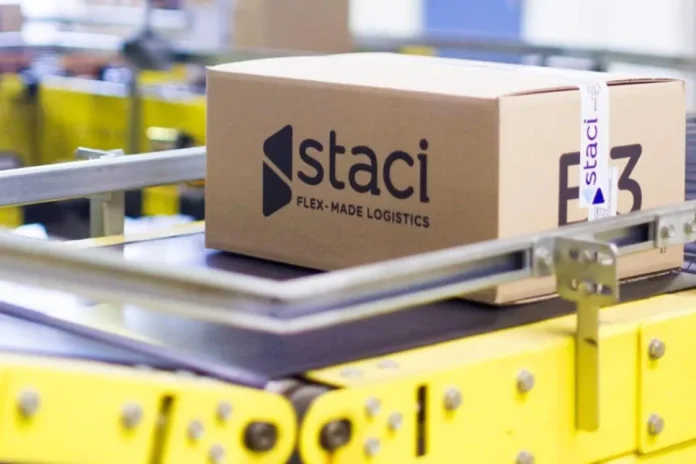How to structure marketplace operations for sustainable ecommerce growth?
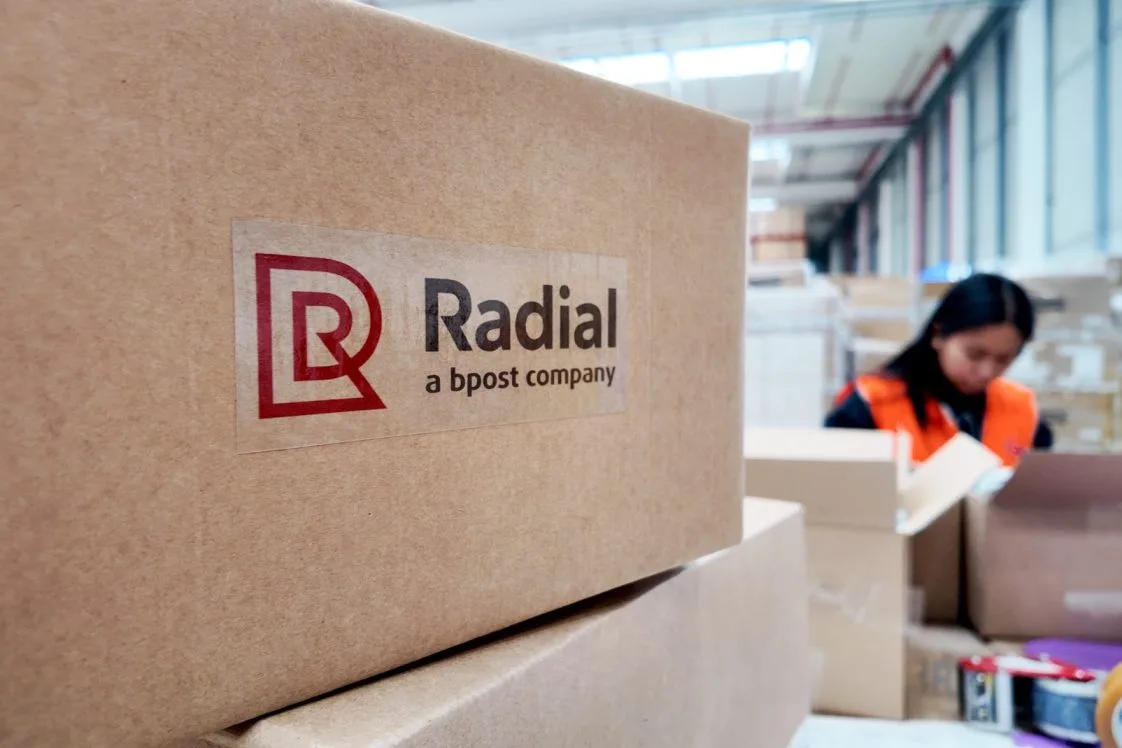
By Mary Roder
In today’s retail reality, it’s easy to believe that marketplace success depends on the product, the platform, or the marketing. But if you’re trying to scale, there’s one factor that consistently defines who wins and who stalls- operations. More specifically, marketplace structure.
Because when marketplaces fail, it’s not for lack of ambition. It’s because the foundations aren’t strong enough to support the growth.
How restart stalled ecommerce growth?
A strategic recovery framework
It often starts the same way. The idea is strong. The pitch works. The brand signs on. The launch gets attention. And then… things slow down.
Conversion isn’t there. Category performance is uneven. Vendors disengage. Internally, no one’s sure who owns what. SLAs feel generic. Manual work piles up. And growth? It stops.
It’s not a sales problem. It’s not a tech problem. It’s a structural one.
Which principles drive marketplace growth?
Five critical operational strategies for scaling marketplace businesses
To scale a marketplace, it’s not about doing more. It’s about doing it right from the ground up. Here’s where structure makes the difference:
- Without SOPs, people guess: If processes aren’t documented and shared, teams invent their own. The result? Inconsistency, delays, and avoidable errors. Clear onboarding, responsibilities, and workflows are non-negotiable.
- Not all SLAs should look the same: Top seller needs a different support cadence than a new vendor. Tailor expectations by segment. It’s the only way to drive quality at scale.
- Automate to save time and trust: Every manual check-in, report, or follow-up eats away at your team’s energy. Automate early so your people can focus on value, not busywork.
- Make ownership transparent: Who owns pricing? Who escalates vendor issues? Who tracks quality? Lack of clarity breeds delays. Marketplace ops need visible accountability.
- Create rituals, not chaos: Growth doesn’t come from fire drills. It comes from rhythm. Weekly reviews, consistent check-ins, and shared dashboards. That’s how performance compounds.
The market reality: platforms are taking over
How should brands adapt their fulfillment to platform dominance?
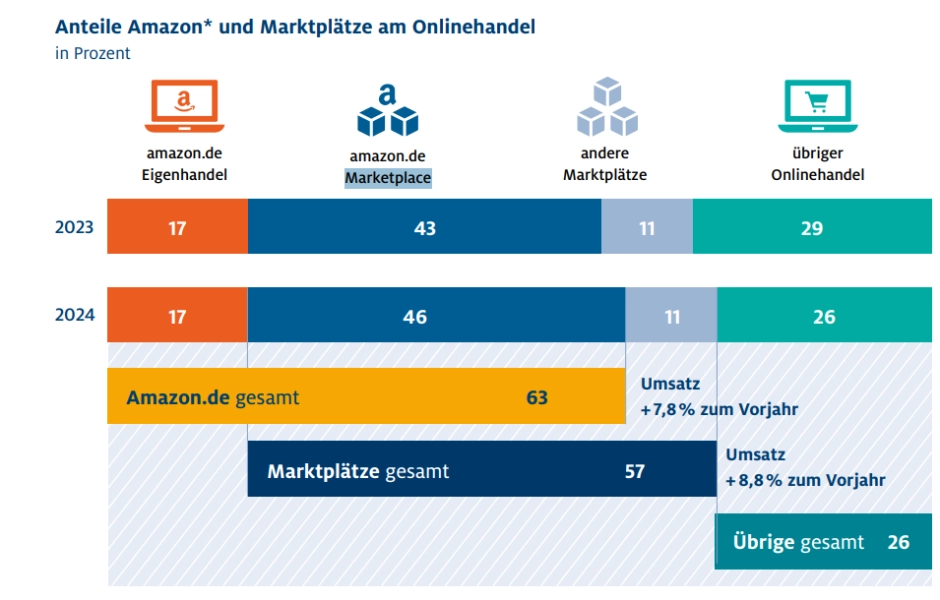
According to the HDE Online Monitor 2025, more than 60% of B2C online revenue in Germany now flows through platforms. That’s Amazon, Zalando, and a growing list of vertical marketplaces built around specific audiences. This shift isn’t just about traffic. It’s about control. These platforms manage the customer journey from logistics to loyalty.
If brands want to keep up, they need to work within these ecosystems. And if marketplaces want to stay relevant, they need to be ready to scale operationally.
How a proper business structure drives faster growth
In today’s competitive e-commerce landscape, success depends not only on what you sell, but on how you operate behind the scenes. Fulfillment flows, partner enablement, and inventory coordination are no longer support functions. They’re central to customer experience. And when marketplaces serve as the engine of e-commerce expansion, operational excellence becomes your differentiator. It’s not about building faster. It’s about building smarter. That’s where structure delivers ROI.
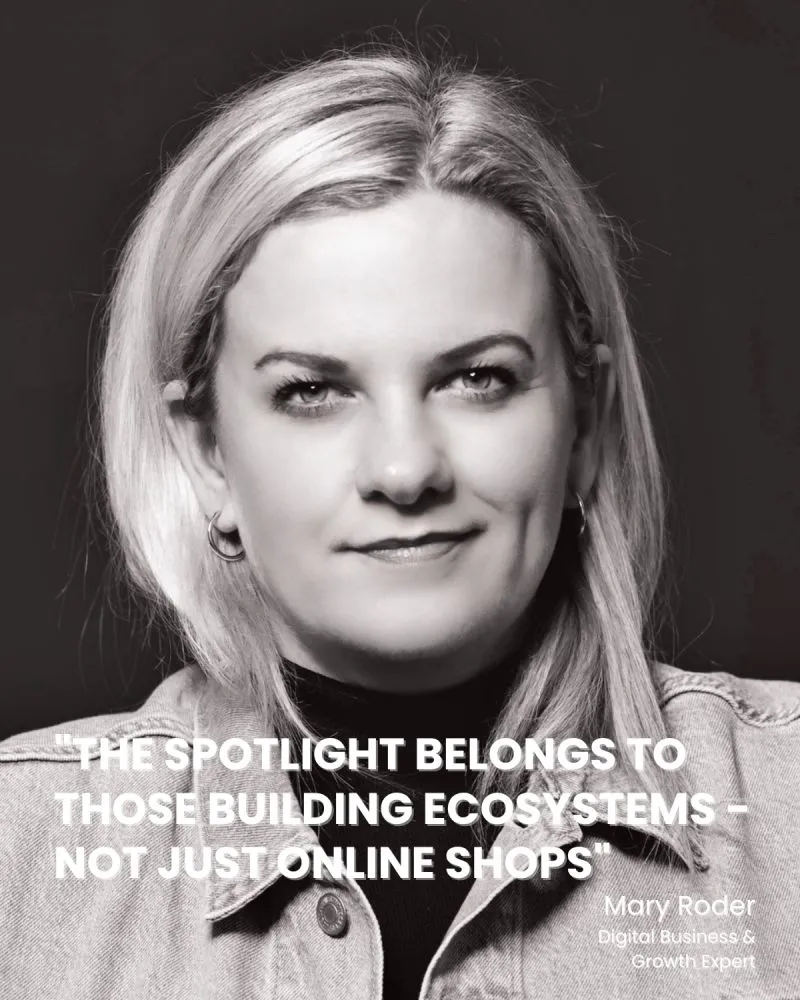
How to figure out if your operations can support more growth
One tool we often use with platform or marketplace teams is a Business Capability Heatmap. It’s a simple, visual framework that unlocks deep insight. The idea is to assess your operational capabilities against three key questions:
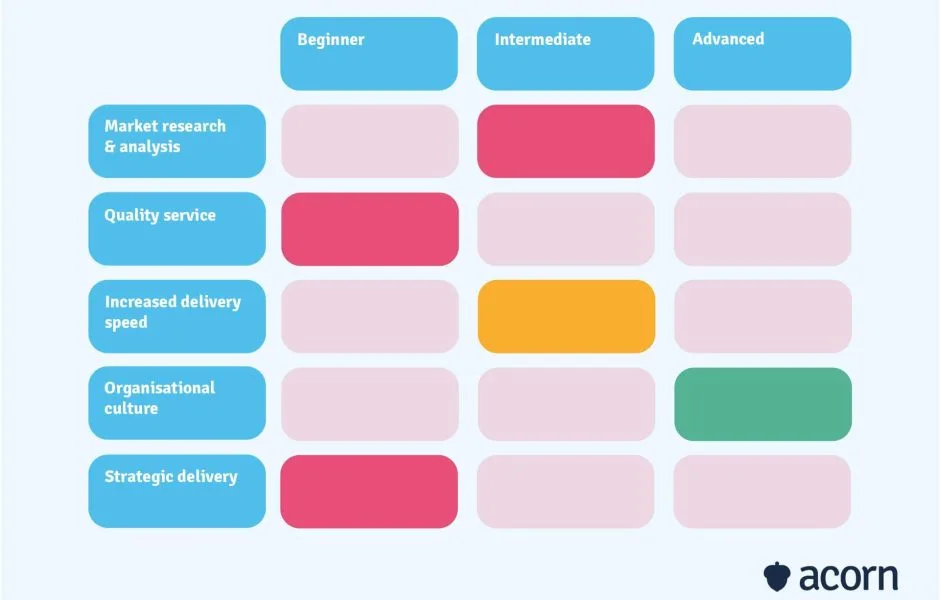
Example of a Business Capability Heatmap by Acorn.
- How strategically relevant is this capability to our growth goals?
- How mature is it today?
- What investment is required and where should we prioritize resources?
Why does this matter? Because platforms rarely fail for lack of ideas. They fail when the structure behind them isn’t ready to execute. The heatmap makes gaps visible and helps teams align on what comes next.
- Where are your critical gaps?
- And how do you prioritize the next step in your e-commerce roadmap?
- And how do you prioritize the next step in your e-commerce roadmap?
This kind of operational clarity isn’t just helpful. It’s what makes scale possible.
Last but not least
Structure isn’t a barrier to growth. It’s the reason growth is possible.
If you want to scale e-commerce, start with how your marketplace runs when no one’s watching. That’s where the real work and real results begin.
About The Author

Mary Roder is an expert in marketplace and platform strategy with 13+ years of experience in B2B sales, business model innovation, and strategic partnerships. She helps businesses design, launch, and scale next-generation platform models with a focus on long-term growth and responsible commerce.
She believes strongly in creating value for people and planet and in building systems that do both.


